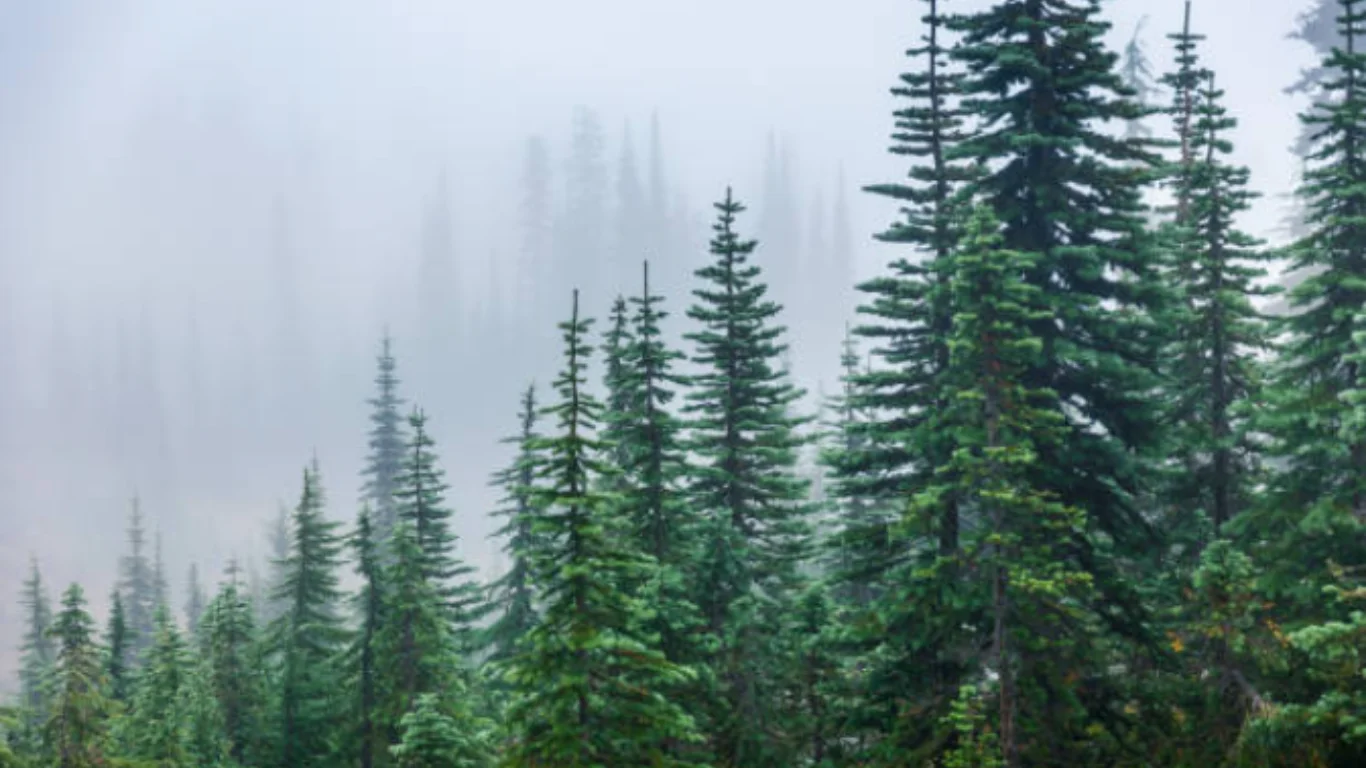The Pacific Northwest is renowned for its lush, verdant landscape and Pacific Northwest Trees that define the region’s natural beauty. From the iconic Douglas firs that pierce the Seattle skyline to the delicate Japanese maples gracing suburban gardens, our urban forest faces unique challenges that require specialized understanding and care. As someone who has worked extensively with the diverse tree species throughout this region, I’ve learned that successful tree care here demands a deep appreciation for our distinctive climate and environmental conditions.
Understanding the Pacific Northwest Climate Challenge
Our region’s famous maritime climate creates both opportunities and obstacles for tree health. The prolonged wet seasons, followed by increasingly dry summers, put tremendous stress on urban trees. Unlike trees in more predictable climates, Pacific Northwest species must constantly adapt to dramatic seasonal shifts in moisture availability.
The extended periods of rainfall from October through May create ideal conditions for fungal diseases, root rot, and pest infestations. Simultaneously, our trees must prepare for summer drought conditions that have become more severe in recent years. This constant cycle of wet-to-dry adaptation requires trees to be in optimal health to survive and thrive.
Native Species vs. Non-Native Ornamentals
One of the most fascinating aspects of Seattle’s urban canopy is the blend of native Pacific Northwest species and introduced ornamental trees. Native Douglas firs, Western red cedars, and big leaf maples have evolved over millennia to handle our climate extremes. These giants possess deep root systems and natural resistance to local pathogens.
However, many popular landscape trees—including ornamental cherries, European birches, and various fruit trees—struggle without proper care, especially in the landscaped yards surrounding Pacific Northwest modern homes. These non-native species often lack the natural defenses against local pests like aphids, scale insects, and the notorious Pacific Northwest slugs that can damage young bark and foliage.
The Unique Pest and Disease Pressure
Our mild, humid winters create a paradise for many tree pests and diseases that would be eliminated by harsh freezing temperatures in other regions. The emerald ash borer, various bark beetles, and fungal pathogens like anthracnose thrive in our climate conditions.
Additionally, the Pacific Northwest faces specific challenges like the bronze birch borer, which targets stressed birch trees, and various root rot fungi that flourish in our waterlogged soils. These regional threats require specialized knowledge to identify early and treat effectively.
Soil Composition and Drainage Issues
Seattle’s diverse topography means tree roots encounter everything from heavy clay soils in some neighborhoods to sandy, well-draining soils in others. Many areas deal with compacted soils from urban development, which restricts root growth and water infiltration.
The region’s glacial history has created unique soil conditions, including hardpan layers that can trap water and restrict deep root development. Understanding these soil variations is crucial for proper tree selection, planting techniques, and ongoing care strategies.
Pruning Considerations for Pacific Northwest Trees
Our wet climate creates specific pruning requirements that differ significantly from drier regions. Pruning cuts made during the rainy season are extremely susceptible to fungal infections, making timing absolutely critical. The extended growing season also means that trees may require different pruning schedules than those recommended in general gardening guides.
Wind patterns from Puget Sound and surrounding bodies of water create additional structural challenges. Trees must be pruned to withstand sudden windstorms while maintaining their natural form and health. This requires understanding each species’ growth patterns and structural weaknesses.
Water Management: Too Much and Too Little
Perhaps the greatest challenge facing Pacific Northwest trees is water management. During our wet seasons, preventing waterlogged roots and fungal diseases becomes paramount. Proper drainage around tree bases and understanding each species’ tolerance for wet conditions is essential.
Conversely, summer drought stress has become increasingly problematic. Many homeowners assume that because we live in a “rainy” climate, their trees don’t need supplemental watering. However, established trees often require deep, infrequent watering during dry spells to maintain health and prevent stress-related pest infestations.
The Importance of Professional Expertise
Given these complex regional challenges, professional tree care becomes invaluable for maintaining a healthy urban forest. Experienced arborists in the Greater Seattle area understand the intricate balance required to keep both native and ornamental trees thriving in our unique environment.
Professional arborists can identify early signs of stress, recommend appropriate treatment schedules, and provide species-specific care that accounts for our regional climate patterns. They understand which pruning techniques work best for different species in our wet climate and can provide guidance on proper watering, fertilization, and pest management strategies.
Conclusion
The Pacific Northwest’s trees are remarkable in their diversity and beauty, but they require specialized care to reach their full potential. From understanding our unique pest pressures to managing seasonal water extremes, successful tree care in this region demands both knowledge and experience. By recognizing these regional challenges and working with professionals who understand our local conditions, we can ensure that our urban forest continues to thrive for generations to come.
Whether you’re caring for a majestic old-growth Douglas fir or a delicate ornamental cherry, remember that Pacific Northwest trees deserve care that’s as unique as the region they call home.







